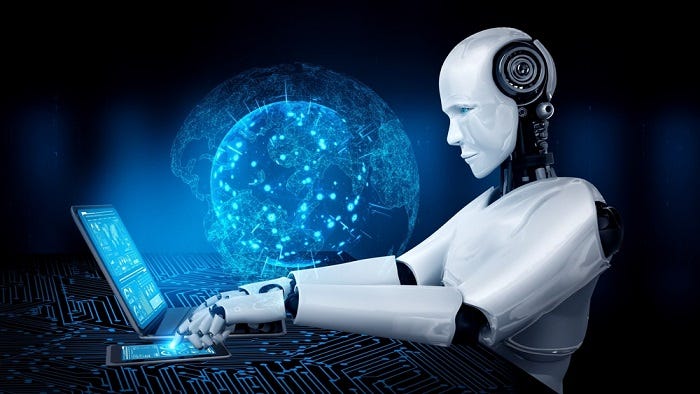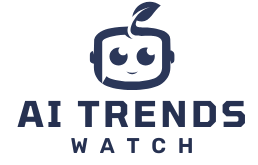Emerging AI technologies; changing our world forever in 2024.
In this article we are going to discuss about the emerging AI technologies that are going to influence us in the long run and how they are going to change our lives. and beneficial for us.

Artificial general intelligence (AGI)
AGI involves solving any task like the humans. Other AI is designed for specific purposes but the AGI has the ability to solve any type of problems like humans. Unlike other AI technologies that solve specific types of problems it solves all kinds of problems by having the capacity to solve a wide range of cognitive tasks and adapt to new situations.
Another development that has been made is the solution of a problem by trial-and-error method.
AGI could perform complex tasks to simple tasks from scientific research and medical diagnostic to creative jobs like art creation.
We may reach a stage where it may surpass human intelligence in certain areas that involve computer related work.
AI has the capacity to improve its algorithms that can change society in a way that can’t be fully comprehended.

CRISPR
It is the gene editing technique in biotechnology It works by altering the DNA of a cell it is used most widely and help in the modification of genes.

common life uses of CRISPR
Scientists use CRISPR to correct genetic defects in animals that provide hope to treat genetic defects in humans i.e. cystic fibrosis sickle cell anemia and muscular dystrophy.
Other use of it is the cancer research.
This technology is being used to correct defects in animal model.
Cancer treatment it will also used to modify immune cells and destroy cancer cells.
Even parents can select certain physical traits for their children like height, eye color by modifying the genes of the embryo.
Genetic modifications have already been used to modify the characteristics of certain plants and animals . but with AI it will be performed more routinely and specifically.
With it we can yield crops that are immune to environment.
Give more production.
It provides solution to the food security challenges.
Produces crops that are resistant to pests, insects and other herbicides.
Neuralink and brain computer interfaces
Neuralink and other brain computer represent some of the advancements in the intersection of neuroscience and technology.
That connects the human brains to computers. It involves ultra-thin threads that are smaller than the human hair.
These can be implanted in human brains to detect and record the captivity of neurons, these threads are connected to the external
Devices that process the human brain signals and process its commands that are understood by the computer.

Uses of neuralink
- The current focus of a neuralink is aimed at helping people with paralysis and neurological disorders.
- These neuralink enable the individuals to control prosthetic limbs using only their thoughts.
- These can even be usd to restore vision
- Hearing
- Other sensory functions
- Treating specific diseases like Parkinson’s disease, epilepsy.
- It can also be used to enhance human memories.
- Even it can help in the telepathy sharing thoughts among the people and communicating te information.
- Extreme virtual reality experiences where users can control the environment and digital content through thoughts.
- It can even enable users to download the information like the computer software does.
We would be able to merge our brain with artificial intelligence and use its potential to the next level.
We would be able to use the brain powers for the educational purposes and accelerate learning process.
Humanoid robots
Current advancements are pushing boundaries of what machines can do, making them more interactive and human-like robots designed to resemble human body shape.
Currently the main focus is imposed on making AI more interactive and flexible like humans and the dominant force influencing the robots seems to be tesla.
- These robots can assist in patient care rehabilitation tasks
- Performing surgery
- Play role in health care sectors.
- Performing tasks with precision and accuracy
- Performing research operations for humans that would be too dangerous for humans
- Communicate with humans like Sophia does.
- Robots assisting in everyday life like doing chores and taking care of homes.
- Assisting in workplaces and schools.
- Doing creative work i.e. creative writing, creative images like mid journey performs.



